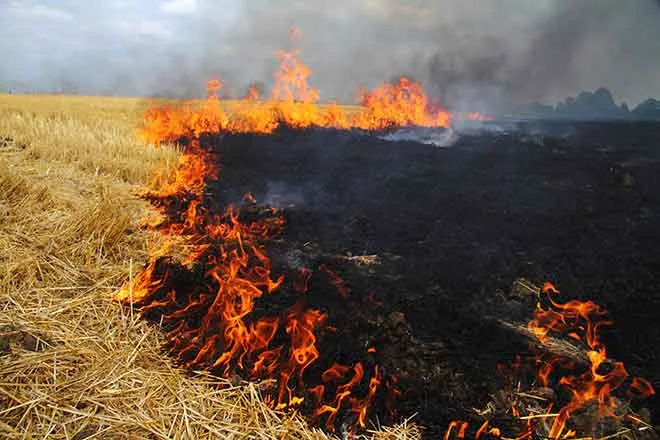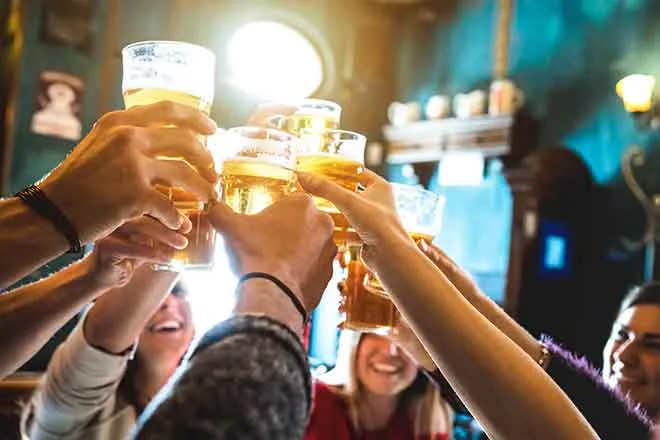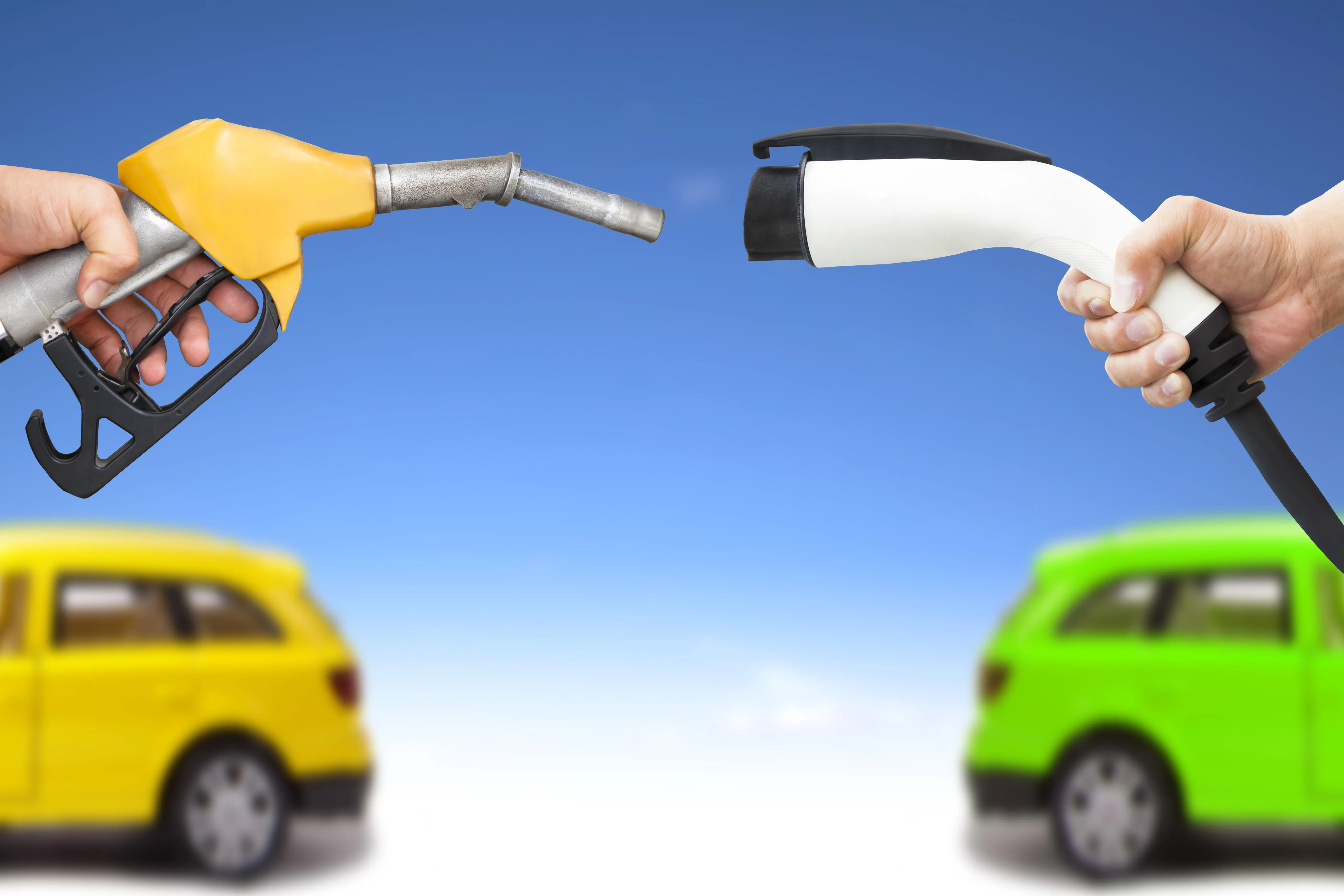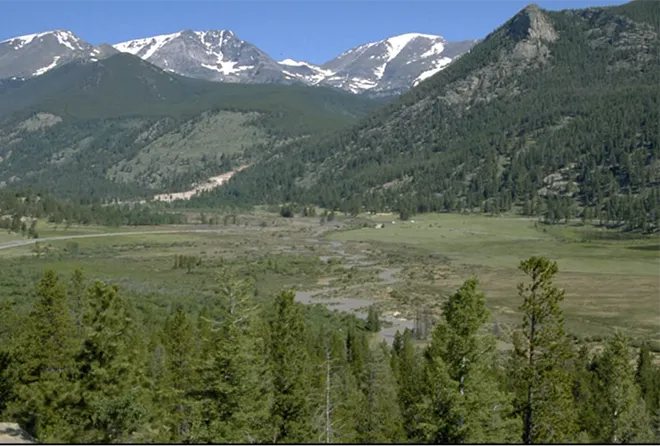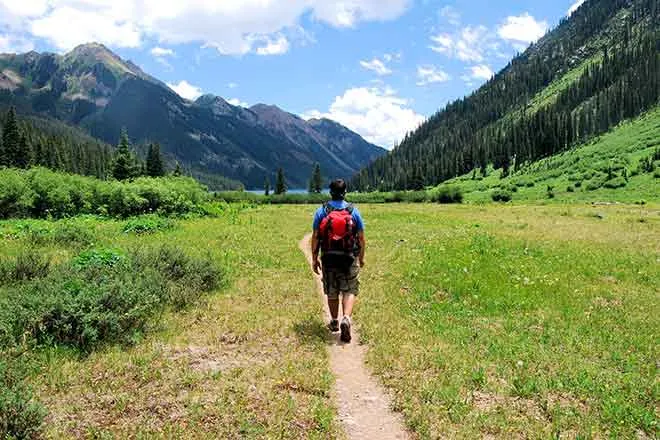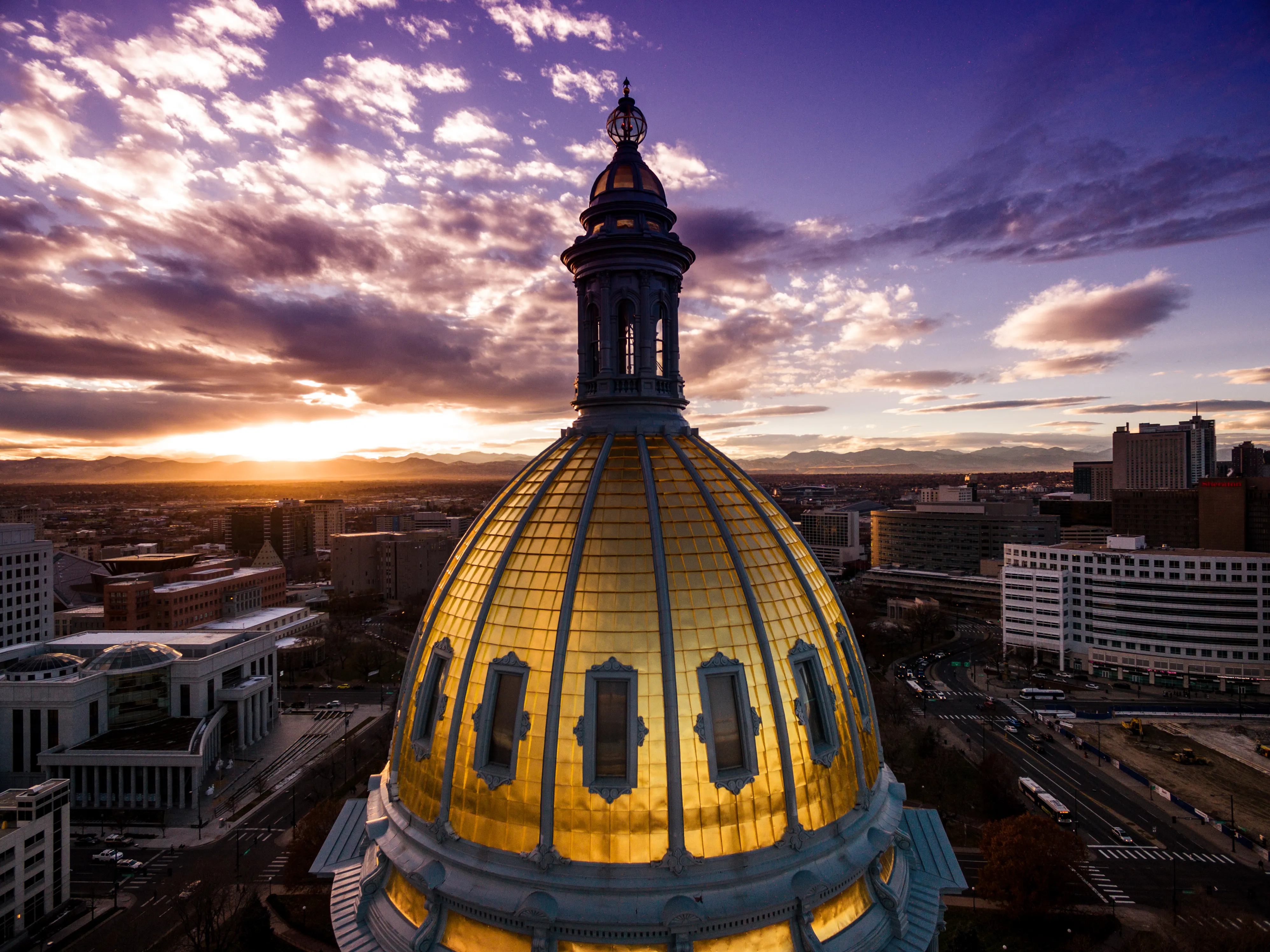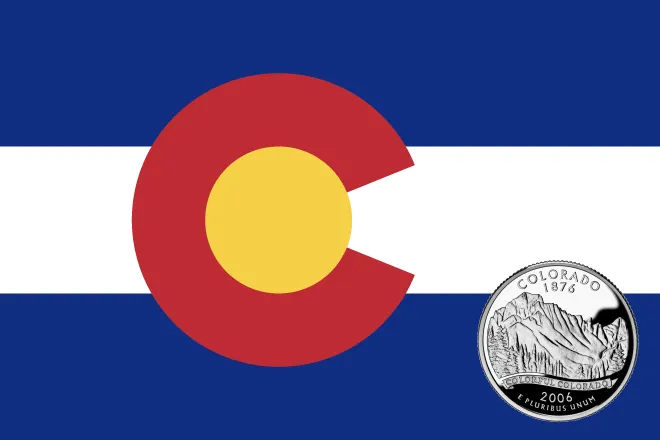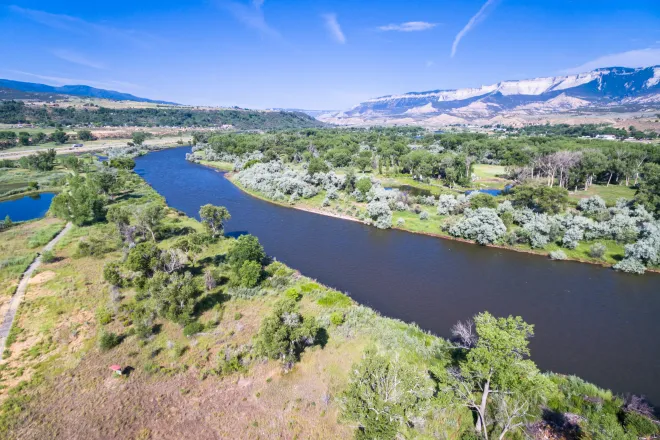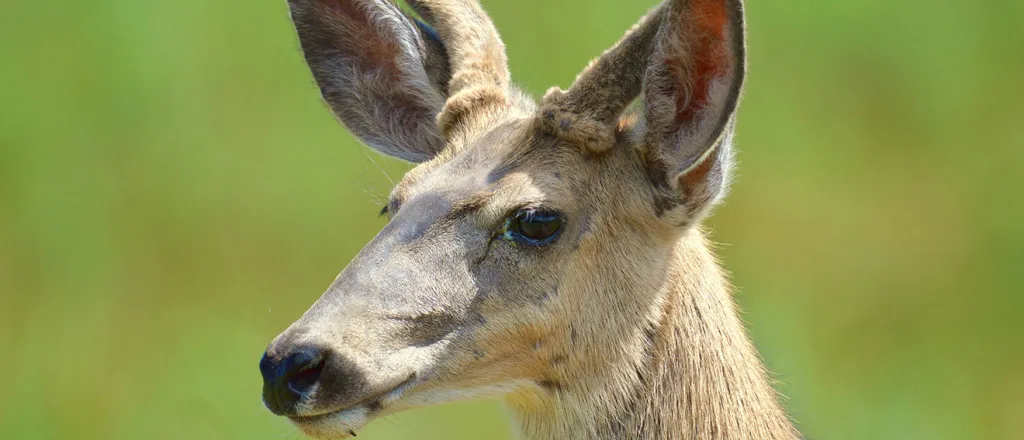
Crashes with animals in Colorado spike in November
Colorado State troopers investigated 256 crashes involving animals on roadways in the Colorado Rockies and western slope last year. Seeing the reflection of two eyes from an animal on the road in front of you can send a wave of adrenaline and fear through even the most experienced drivers, so the Colorado State Patrol would like to assist by providing some general recommendations to lower the chance of a critter collision.
Two of the most important things a motorist can do is to drive the speed limit and use your high beams when not around other motorists in rural areas or neighborhoods adjacent to open space areas. Increase your chances of seeing wildlife crossing up ahead or on the side of the road by staying alert. You can give yourself the time to adjust your speed or stop if no one is behind you.

Courtesy USFWS/Ryan Moehring.
“The worst choice you can make is to swerve outside your lane or slam on your brakes with vehicles behind you,” explained Major David Rollins, District 4 Commander for the Colorado State Patrol. “People can end up in serious crashes when they let their emotions take over to save Bambi or his friends.”
Be prepared to make a tough decision when encountering animals. If you have time and no one behind you, you can sound your horn and slow down in a straight line, coming to a stop. However, if there is little time and traffic behind you, the right choice is to drive through, keeping in the lane, but with a slight angle towards the butt of the animal ONLY if by the white side lane line. Never swerve or jerk the wheel.
As a resource to visitors in the area, the Colorado State Patrol has updated its Super Cruising in Colorado web resource to help prepare visitors for the scenic byways and mountain roadways throughout the area.
Driving Tips to Avoid an Animal-Involved Crash
- Slow down if you see animals nearby and always drive the speed limit.
- Stay alert and reduce distractions.
- Pay attention to “deer crossing” and other animal signs.
- Brake in a straight line, if you have time and no one behind you.
- When you see wildlife on the road or near the road, warn motorists behind you by honking your horn and tapping your brakes.
- Don't swerve. If a crash with an animal is inevitable, maintain control of your vehicle and drive through before pulling over when it is safe to do so.
- Use high beams. Flicking your high beams on wildlife may cause the animal to scurry away.
- Be aware of peak season. Animal crashes happen most often during hunting and mating season, which runs from October through December.
- Watch for animals on the road between dusk and dawn.
- Watch for herds. If you see one deer or elk, there are probably more nearby.
A collision is a crash, whether with an animate or inanimate object. If you do hit an animal while driving, make sure you and your passengers are okay. Call 911 if the animal is large and still there after you hit it, and follow the emergency dispatcher's instructions.

